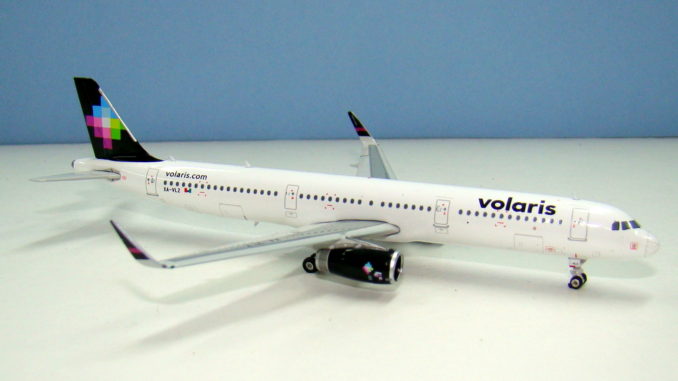
Volaris have successfully navigated the tricky airways from low cost startup to major market player with their slogan of ‘Precios que te hacen viajar’ or ‘Get out of town prices’. As such it is not surprising that they are also featuring more regularly in 1/400 scale even gaining the attention of the usually Asian loving Phoenix models. Phoenix themselves seem to be in something of a rut when it comes to both ideas and moulds so how have they handled this A321?
THE REAL THING
From 2005 onwards true low-cost airlines entered the Mexican airline market and since then they have only strengthened their grip competing effectively against the surviving legacy airline Aeromexico. The three main players in this change have been Interjet, Viva Aerobus and Volaris. The latter, technically known as ‘Concesionaria Vuela Compañía de Aviación, S.A.B. de C.V.’ is now Mexico’s second largest airline with over 20% of the domestic market and a fleet of nearly 70 Airbus narrowbodies from hubs at Guadalajara, Mexico City and Tijuana.

Airlines like Volaris first outcompeted the smaller full service airlines like Aviacsa and Aero California, which were also heavily impacted by a traffic downturn caused by climbing oil prices, a worldwide recession, a swine flu epidemic and rising drug related crime. It was however the August 2010 shutdown of Mexicana, which at the time had a 30% domestic and 20% international marketshare, that really gave the more successful LCCs a chance to expand aggressively. Both Volaris and Interjet initially focused their growth on transborder international routes to the USA where they faced stiff competition from the US majors. Nonetheless by 2012 Volaris had grown to be responsible for one fifth of the Mexican marketplace.

Notice the flap track fairings? Phoenix didn’t!!
Volaris has never operated any other aircraft type than the A320 family, with the vast majority of these being the base model A320-200. Currently 43 A320ceos form the majority of the fleet with more on order despite the arrival of the first pair of A320neos. The rest of the fleet consists of a decreasing number of smaller A319s. Twelve remain in service with over twenty having left the fleet. The largest aircraft are eight A321s the first of which didn’t arrive until April 2015. All of the A321s are sharklet equipped and leased with the latest, XA-VLZ, owned by CDB Leasing. She flew for the first time on December 6, 2016 and was delivered only 8 days later.
THE MODEL
The format for my reviews is to split them into three key areas:
- The mould of the aircraft
- The paint and livery
- Printing and quality control
Each can get a maximum score of 10 for a section giving a maximum combined total score of 30.
THE MOULD
The Phoenix Airbus A321 is of course a modified version of the A320 mould they use. Lengthening the Phoenix A320 does give the A321 a touch of TU-204 about it but perhaps I’m just being mean? It does look like an A321 most of the time but is not as accurate as the Aeroclassics A321, although on the flip side it doesn’t have the nosedown issues the AC mould sometimes does. The nose of the mould is good but a little too heavily rounded. From distance the nosegear looks good too but up close the gearleg is a bit chunky and undefined whilst the gear door is a little too large. The IAE engines on both Phoenix and Aeroclassics A320 family aircraft are slightly too large also.

Being a modern mould this is a slot in wings model, which means no ugly seam line, however in my opinion Phoenix don’t do enough to accentuate the wing/body fairing and the mould is a little slab sided, especially just above the wing. Moving towards the rear of the fuselage and the Phoenix A321 scores highly; the maingear, tailcone and vertical stabiliser are excellent whilst the aerials are present and well sized. At least four of them are anyway – the smallest aerial on the forward belly is absent.
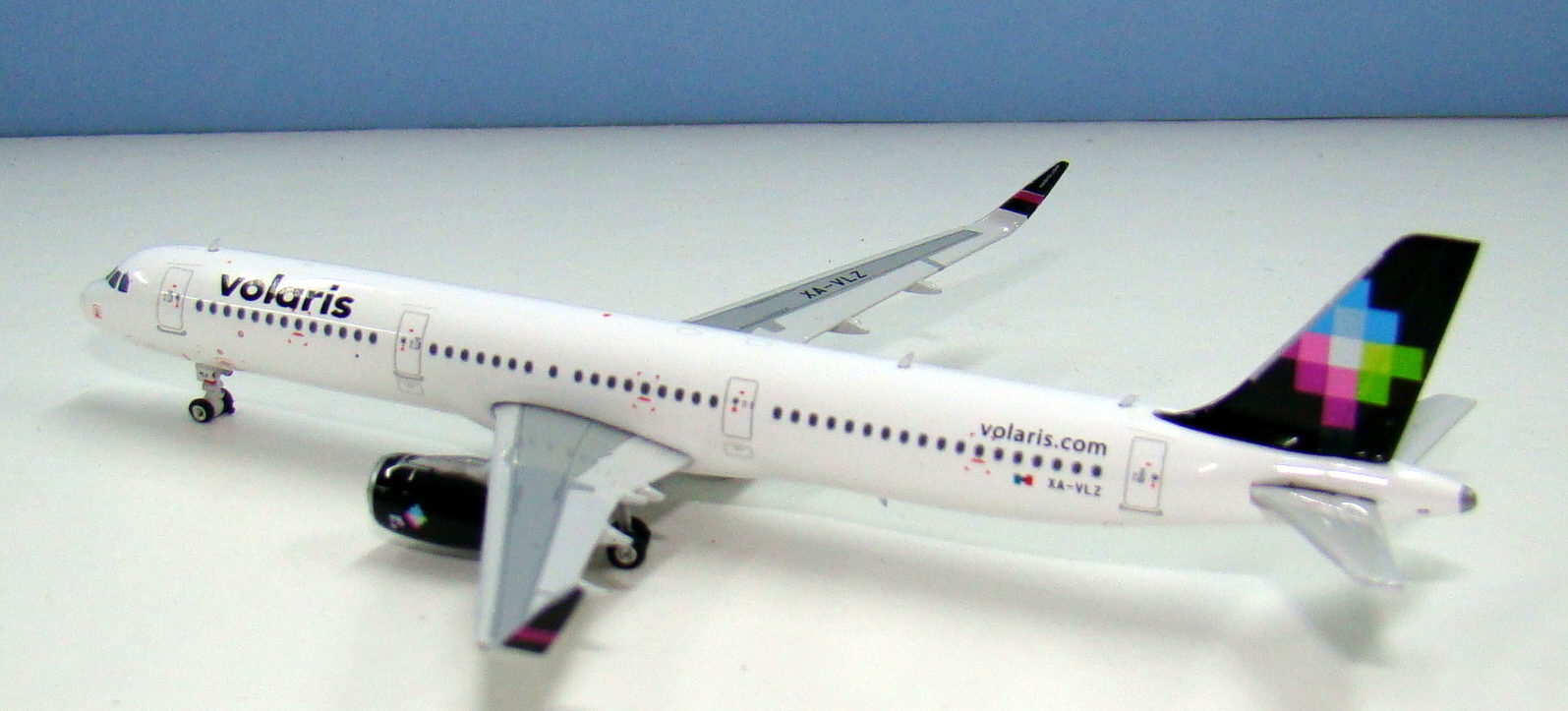
The one thing I haven’t mentioned yet is the wings. Why is that? Well they are almost perfect, or they would be if this was an A320. You see the A321 isn’t just a stretched A320 it has a modified wing with different flaps (they are double-slotted). If you look at the rear of the wing you’ll see the extra pointy bits (flap track fairings is the technical term) on the flaps. Phoenix have never accepted that these exist, even when they had an A321 without sharklets. Aeroclassics did their old A321 wing correctly but nowadays with their sharklet wing A321s are, like Phoenix, just reusing the A320 wing. This is less than impressive and a black mark against both, then again it is only Phoenix getting marked in this review.
So overall as an A321 this is an ok mould if you don’t look too closely. I do collect Phoenix A320/21s but would in general prefer to stick with the Aeroclassics mould. When it comes to wings however this mould is also inferior to the new JC Wings/Gemini A321.
SCORE – 7
PAINT & LIVERY
The Volaris livery is depending on your viewpoint typically boring like so many modern airline liveries or classically stylish. Whereas the tail is quite attractive that is basically the entire livery aside from engines and sharklet colours. What does the Volaris logo represent? Nothing as far as I can tell. It is a selection of coloured squares. I can’t decide whether I like this scheme or not; I like the logo and dark tail but long for something to happen on the fuselage.
So the livery is simplicity defined, which means it ought to be easy to reproduce in this scale. Phoenix pull it off, mostly. The black is fine as are the coloured squares. Airline titles and website text is the correct font and in the correct location. In fact the only possible criticism I can find is that the leading edge of the sharklets should have a wider grey band. I’ll let it go.
SCORE – 10
PRINTING & QUALITY CONTROL
Phoenix sometimes appear to skimp on printing detail and are rather renowned for fingerprints and hair deposits. This model seems thankfully free of such annoyances though and in fact the printing is rather good especially around the nosegear and on the engine pylons. One small fault is that the Mexican flag on the starboard rear is not well printed. The central motif is too low. The flag on the port side is fine.
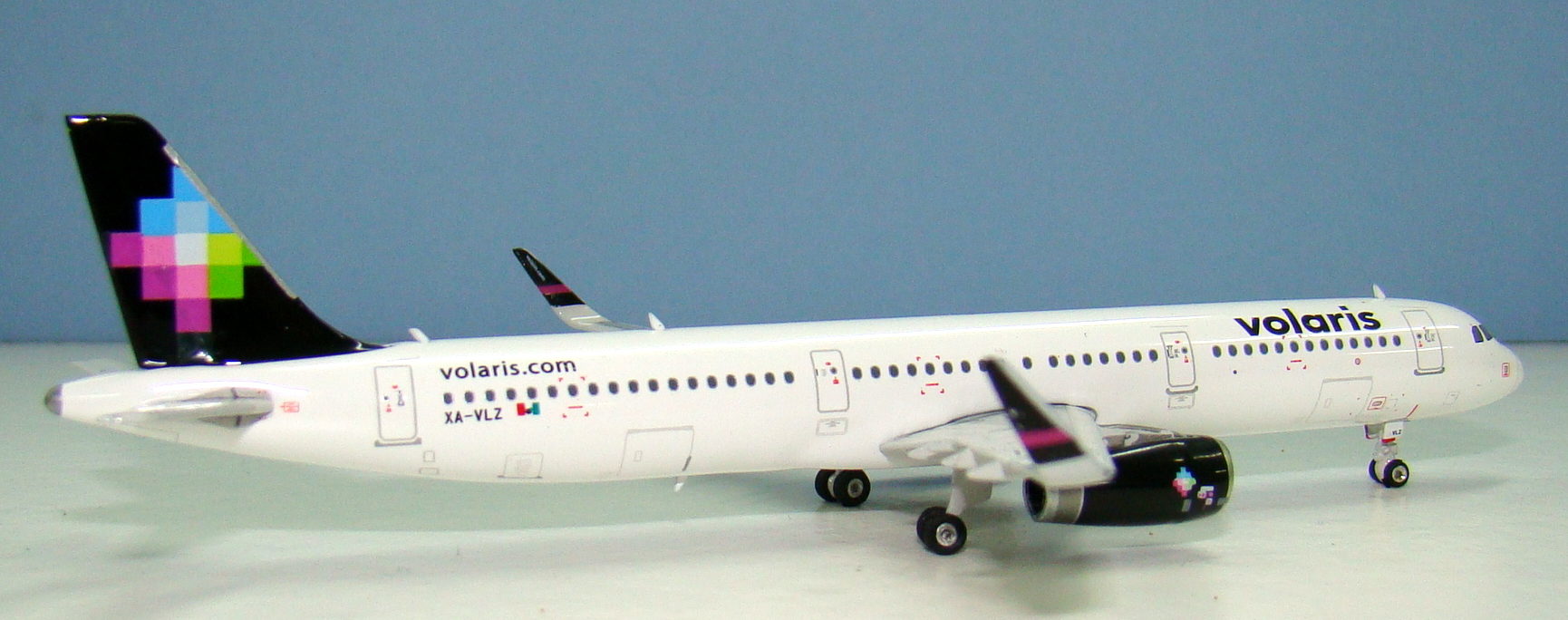
Another interesting feature of this model are the engine fanblades. So often we complain about silver fanblades. Phoenix have gone the other way here and made the inner rims and fanblades completely black! It’s better than silver but just as inaccurate.
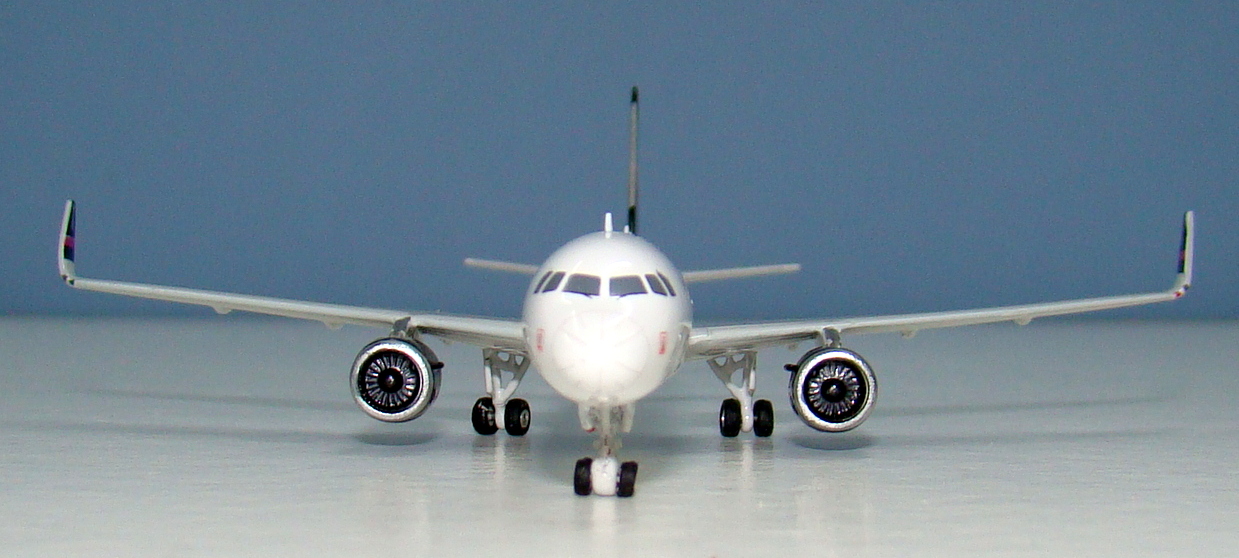
Rolling gears are a major weakspot for Phoenix. Their landing gears ought to be topnotch as the gear hubs are usually great and the gear legs often excellent too. However Phoenix are rather lazy when they put their models together. On this model both the mainwheel bogies hang at odd angles and make it look like the wheels are pointing in odd directions. I fixed it with finger pressure but it’d be nice if they built the model properly first time.
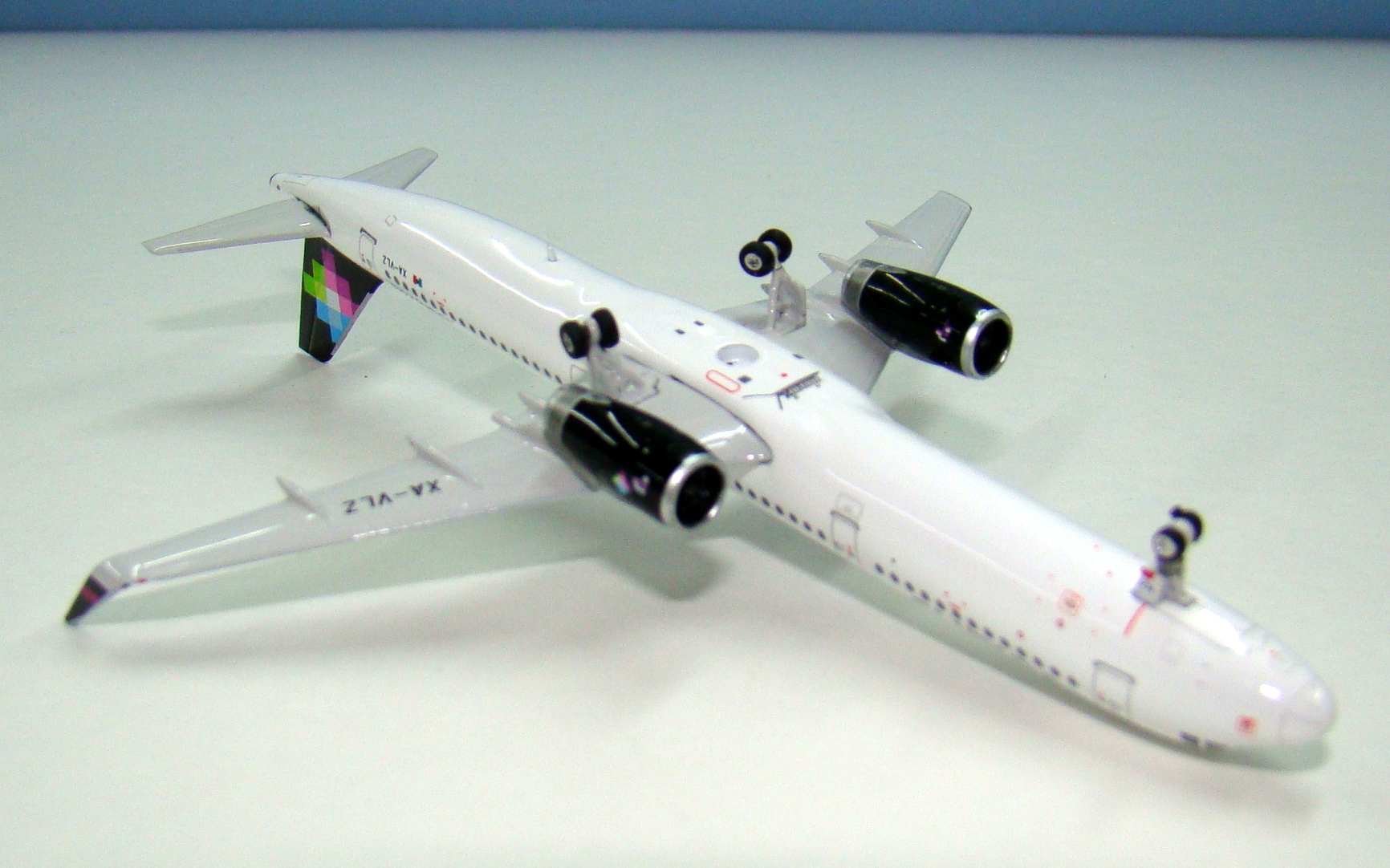
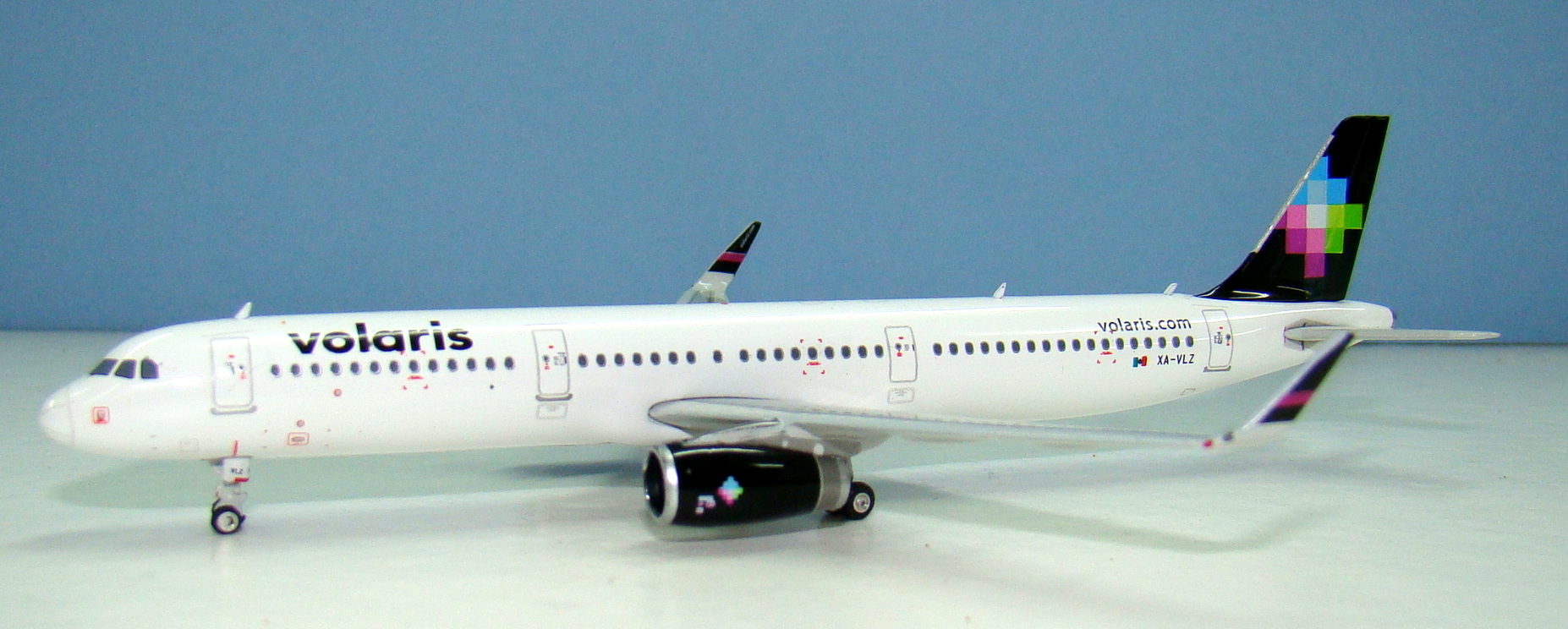
The other issues Phoenix have are with the nosegears. Too often the nosegear tyres are too thin, giving the aircraft a flat tyre look, or there are tyre tabs. In this case both issues feature – the port tyre is flat and the starboard has a tab. These are cheap components but they do make a difference to the way the model looks. Phoenix get your act together here please.
SCORE – 7
CONCLUSION
This is a bread and butter release. It’s a simple livery on a standard mould. Phoenix have done a decent job and it is a good model. Even so if Phoenix were just a little bit more clued up and took the time with their landing gear this would be a better model. I always feel some trepidation when buying Phoenix products, especially their narrowbodies. This time I have gotten lucky but it hasn’t done much to make more confident in them for the future.
FINAL SCORE – 24


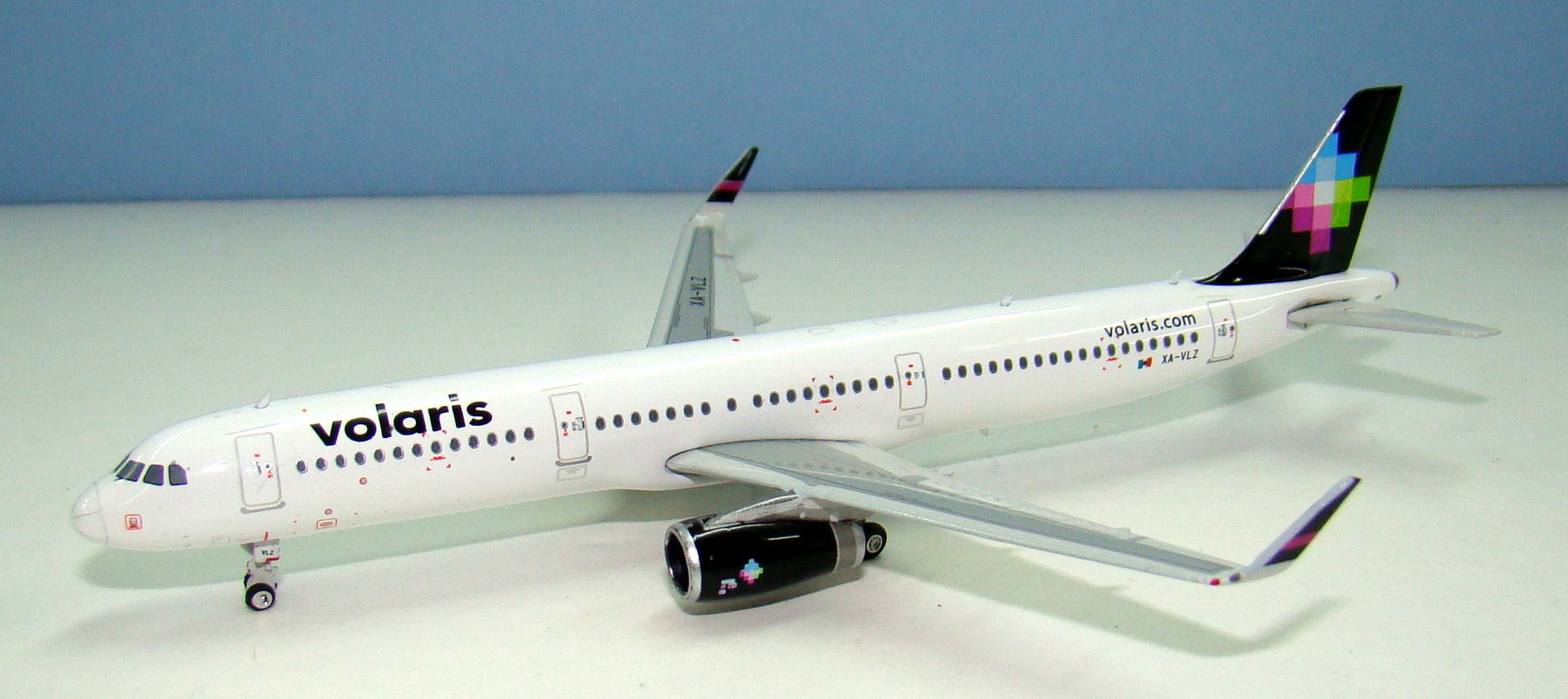
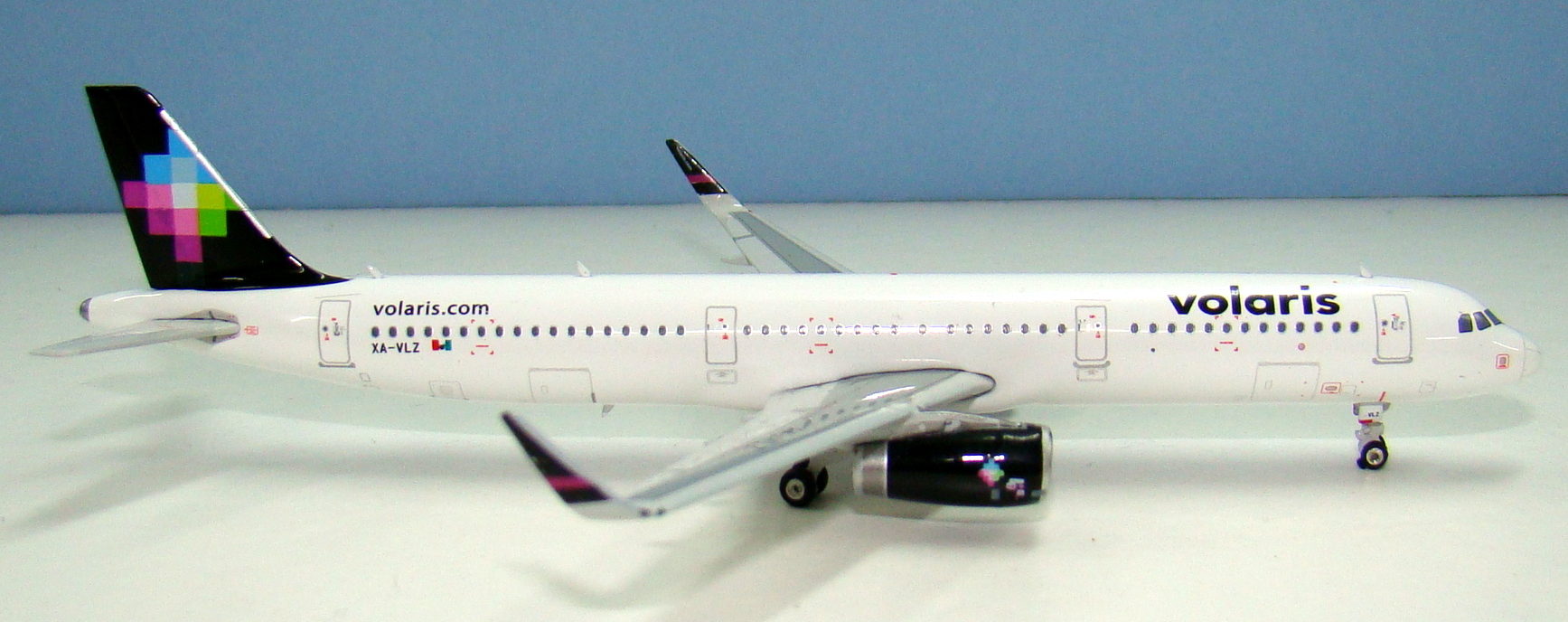
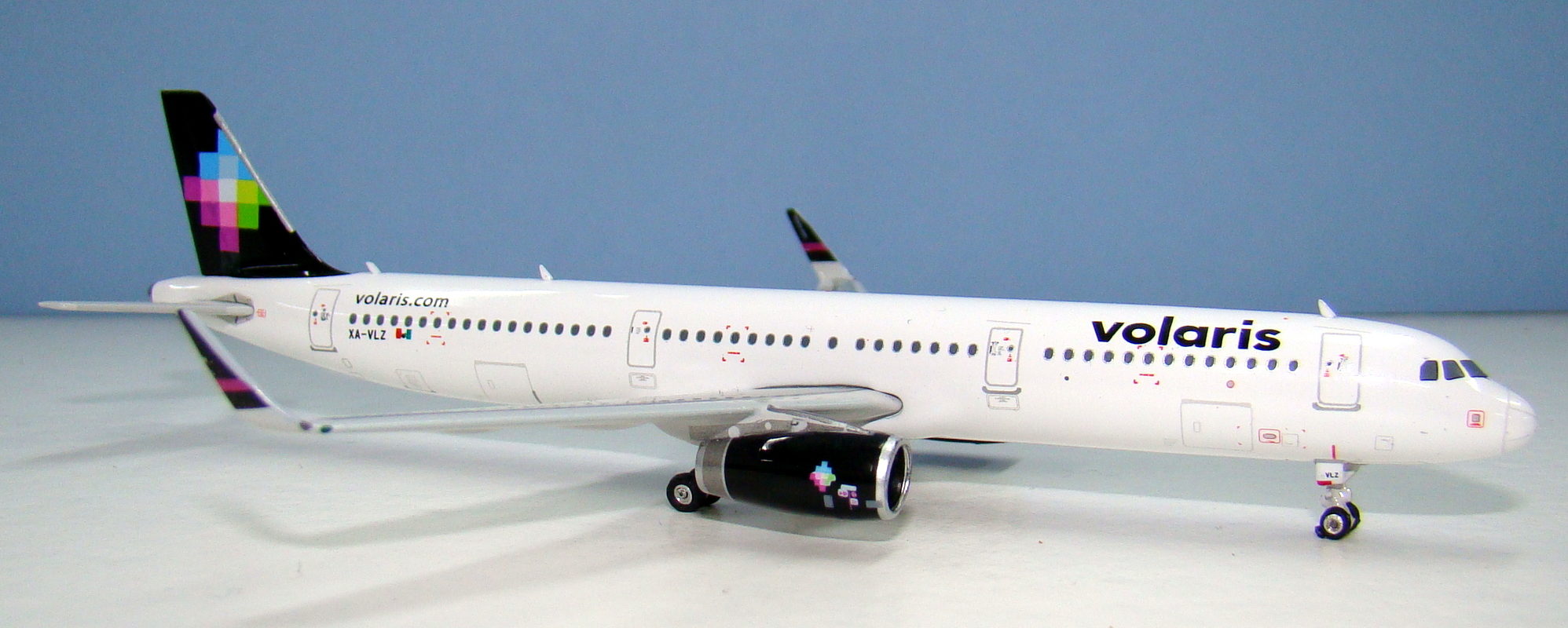
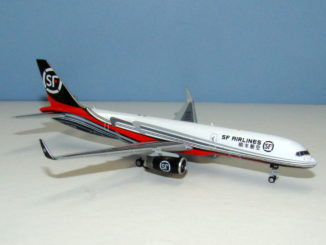
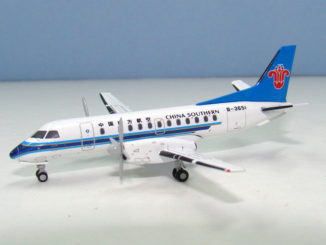
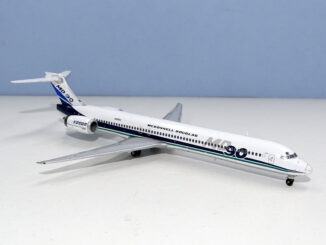
I think that the Aeroclassics A320/321 moulds would stand out more if it weren’t for the miniscule nose gear tires that they use. Phoenix’s tires a little too big by comparison, but it doesn’t detract from the fuselage appearance as much as Aeroclassic’s dated nose gear. As much as Aeroclassics hates aerials, they are here to stay and they might as well get on board.